It’s 3.30am and a bleary-eyed William Law is staving off sleep as he rests at the kitchen table.
The 30-year-old farmer is knee-deep in lambing season, and after a night ushering ewes into the world, is keeping an eye on his flock via video monitors.
After a two-hour nap, he will once again slip on his mucky boots and swing back into action with his brother Stuart.
It’s been weeks of working round the clock at their farm near Huntly, desperately trying to salvage the newborns amid disastrous weather for the sector.
This is always the busiest time of year for them, but months of torrential rain made this lambing season even more gruelling.
William is aware this is not a lifestyle that suits everyone.
But for him and Stuart, farming is second nature.
“It’s a 24-hour job,” William tells me with pride.
“There is no set time for a ewe to lamb or a cow to calve.
“The moment you think you’d be fine to call it a day or look away from the monitor, it’s guaranteed one would be away to lamb.
“It’s a lot of manual work, and it’s constant.”
After one of the hardest lambing seasons ever, the young farmer offers The Press and Journal an insight into how they made it through the ordeal.
- William reveals how his passion for breeding livestock was sparked when he was still a “young loon” helping out at the family farm
- He shares what a day in the life of a farmer during lambing season looks like
- How he had to think creatively to give newborn lambs a chance of survival amid torrential rain – and how the frustration of it all almost made him call it quits
- And what is the best thing about farming life for him
What’s life like on the farm?
Memories begin to flood in as soon as my wellies squelch into the mud at West Cruichie farm.
The peacefulness of the countryside, the bleats of the livestock, the early mornings, the late nights and the piles of silage – they are all too familiar to me.
But with the 10 sheep, two pigs and a dozen chickens at my grandparents’ steading, my experience doesn’t even come close to William’s mammoth undertaking.
The “Huntly loon” took over the 75 acre site, just two miles away from home, from retired farmer Richard Johnston in the summer of 2018.
And since then, he has been building it up into a thriving family enterprise.
This year, West Cruichie has become home to 150 cows, about 100 calves, 400 sheep and, as of recently, more than 700 lambs.
An additional 400 acres of grass is also rented each year to accommodate livestock throughout the summer months.
And all of the field work is done in house between family members.
‘Farming is all I’ve ever wanted to do’
It’s a hefty operation that can be “rather stressful” at times, William admits.
But breeding livestock has been a life-long ambition of his, having been brought up getting used to the twists and turns of the trade from a young age on his family farm nearby.
“There have been cows and sheep around me for as long as I can remember,” the young farmer tells me as we walk across to the first livestock shed on our list.
“My brother, my cousin Peter and I would spend the weekends at the farm neighbouring my grandad’s ever since we were little.
“And when it came to the Easter holidays, it was always ‘Right, it’s lambing time’.
“We would be up at dawn to help out with feeding the animals, carrying bags of barley, lambing ewes – just doing the loon’s job.
“Farming has just always been the thing for me – it’s what I’ve been brought up with.”
What is a day in a farmer’s life during lambing season like?
We enter the cowshed, and William begins to explain his daily routine – pointing towards the heifers and calves calmly resting in their enclosures.
It’s just after 10am, but he has already done a day’s worth of work.
Their schedule is seemingly simple: wake up at 6am, feed the cattle at West Cruichie and their parents’ nearby farm, and crack on with what needs to be done in the fields.
But when you throw lambing and the unpredictable weather in the mix, things become more complicated.
Once the season kicks off, so do the sleepless nights – with William taking on the later shift to keep an eye on the ewes, while Stuart does the early morning rounds.
The whole operation requires a lot of stamina, patience and skills as they need to be able to react immediately to any unexpected difficulties.
But William’s years-long experience – and the regular advice from his grandfathers and farming stalwarts, William and Jimmy, make the job easier.
“The amount that I have learnt from my grandparents has been invaluable,” he says, picking up a bag of barley (lunch for the cattle).
“Someone with no farming background would probably find it hard to pick up things – calve a difficult calving, and lamb a difficult lambing.
“While it’s second nature to us because we’ve been doing it since we were bairns.
“I can’t even remember when I calved my first cow, or lambed my first ewe.”
Our conversation is interrupted by the cows’ loud roar of approval as William lays out the barley.
The bulky creatures appear hungry, lumbering to the edge of the fence.
“I’ll tell you what I do remember though,” William laughs.
“Young me running for my life, chased through a trough by cow Number 25, with grandad standing on the side laughing ‘She’ll nae get you lad, don’t worry’.”
We leave the cows to their meal, and head to the sheep shed where all the magic happens.
Dreadful weather made lambing season ‘a serious challenge’
And it really is “almost by magic” that they have kept their losses to a minimum during this year’s lambing season, described by many as the hardest ever.
The agriculture sector has faced a gruelling few months of relentless rain, leaving crofters and farmers scrambling for ways to preserve their production.
William’s shed is now full of healthy newborn lambs, joyfully jumping around their mums.
But he still recalls the dreadful nights, spent chasing ewes and lambs in the pouring rain – desperate to get them back in their warm pens before it’s too late.
“If you had called a couple of weeks earlier asking to visit, it would have been a straight ‘No’,” William chuckles apologetically.
“It was just madness…
“The weather of this lambing season was a serious challenge – for the whole five weeks, there has hardly been a day without rain.”
Efforts to give newborn lambs a chance of survival
Like many others across the region, William was left with no option but to hold ewes and newborn lambs inside for longer, using up every free space for housing.
He has 80 pens designated for that purpose, which is usually enough.
But with more lambs being forced to stay in as the weather continued to wreak havoc, he had to move them about or float them over to his parents’ farm to make more room.
Other efforts went into putting out extra bales to shelter the fields and give the newborns a better chance at survival.
He continues: “There were days where I’ve had to pull ewes and lambs back inside after just a couple of days because the lambs have been left in a puddle out in the cold.
“Even the fields that are pretty sheltered were just cold and wet.
“And you just have to deal with it day to day.
“We tried our best and did as much as we possibly could.”
Could this have been the end?
Battling the elements is every farmer’s greatest challenge, William says.
And there were a few times at the height of lambing where the treacherous conditions brought him to the end of his tether.
“When you are so tired, and so fed up with weather, you just feel like selling the lot,” he confesses.
“A few Tuesdays ago, that was the worst day.
“I probably spent about three-four hours driving around, catching little cold lambs, putting a wee plastic jacket on them and hoping for the best.
“I did very much go at some point ‘Nope, that’s it – they are getting sold’.”
He adds with a smile: “But lambing is now finished so I presume they get to stay.”
‘I’ve never regretted it’
And with that cheeky remark, William is back in good spirits.
Despite all of the hurdles and worry along the way, he is adamant farming is the only job that could ever make him happy.
And he is urging other young farmers to take a leap, invest and carve their own path in the sector too.
As I’m about to leave, William casts his mind to how his own professional journey began at West Cruichie.
Looking across the field of damp ewes, he feels “forever grateful” to Robert Johnston for giving him the chance to take the first step.
“I’ve never regretted buying a farm,” William smiles.
“It might be a headache sometimes, but I wouldn’t do any other job.
“When it’s a good spring day, and you’re putting cows and sheep out of a shed to a fresh field of grass and they go skipping through the parches – there is nae better feeling.
“So if you ever get the opportunity to do it – do it.
“There would be days you would probably regret it, but I promise you – most days you won’t.”
Read more about how the horrendous weather impacted lambing season for other farmers across the region:
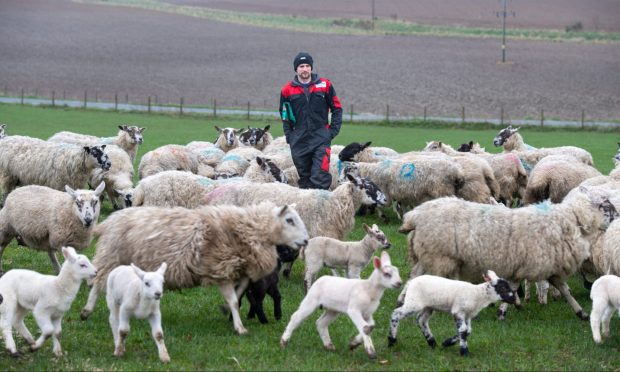
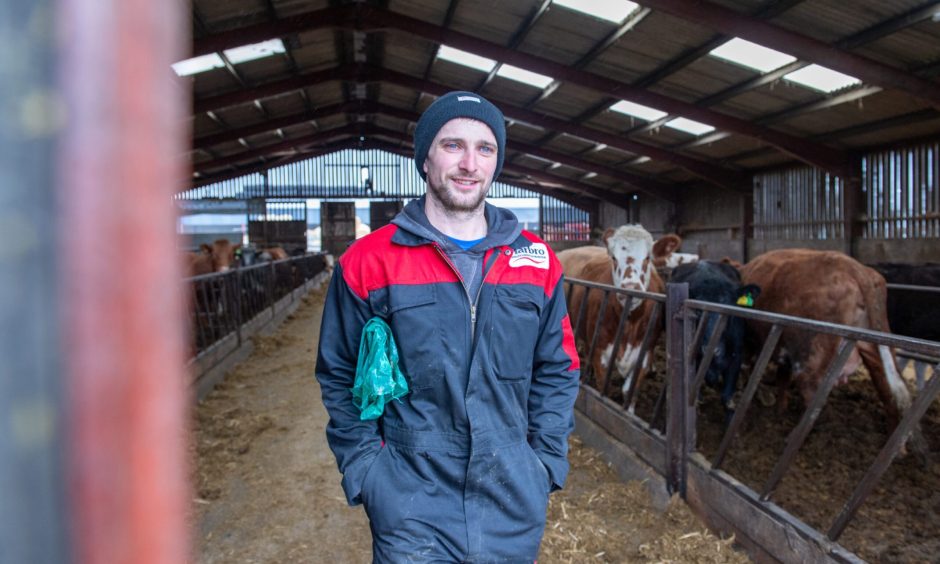
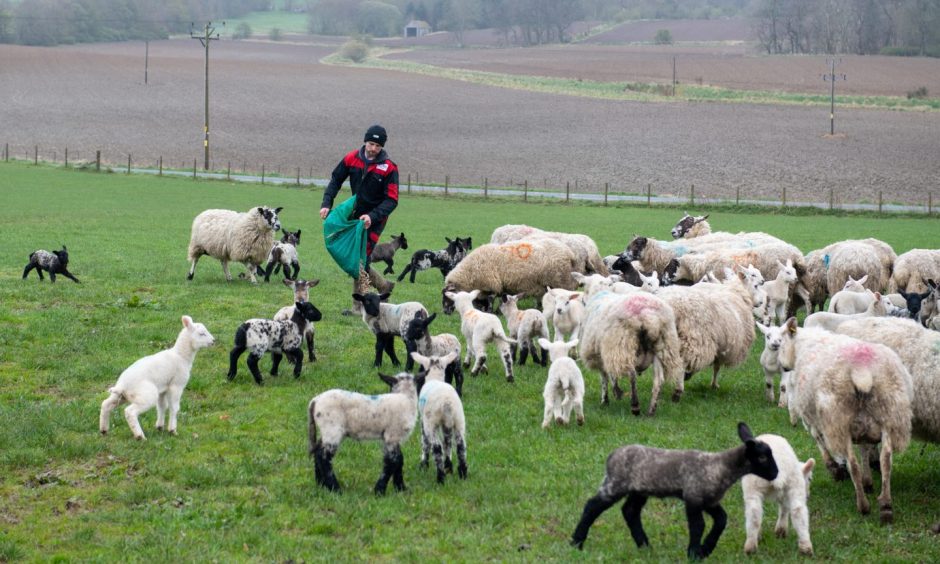

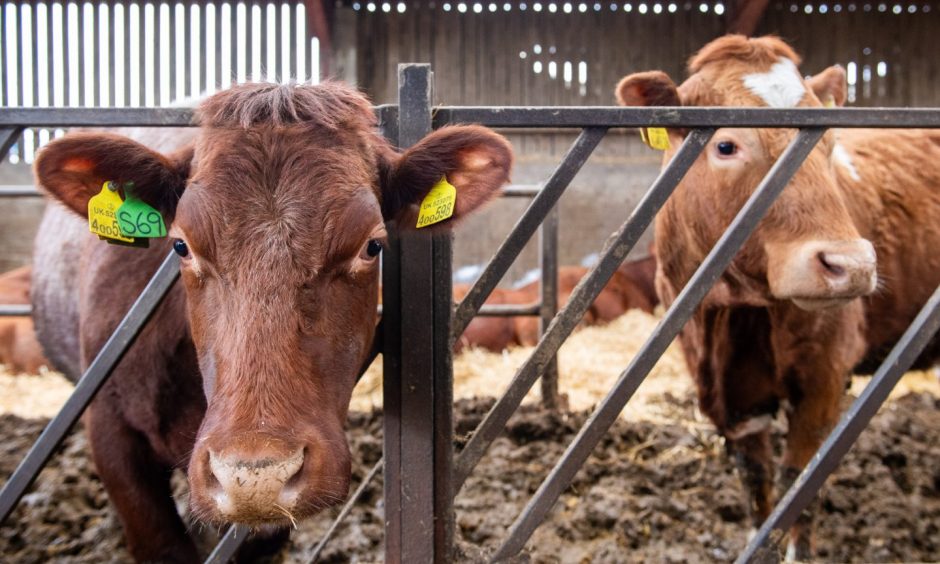
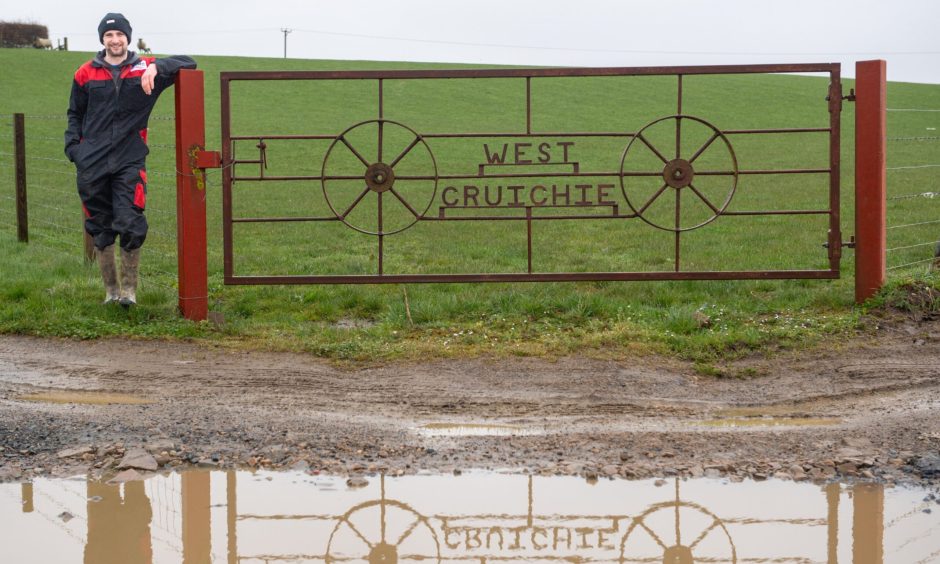
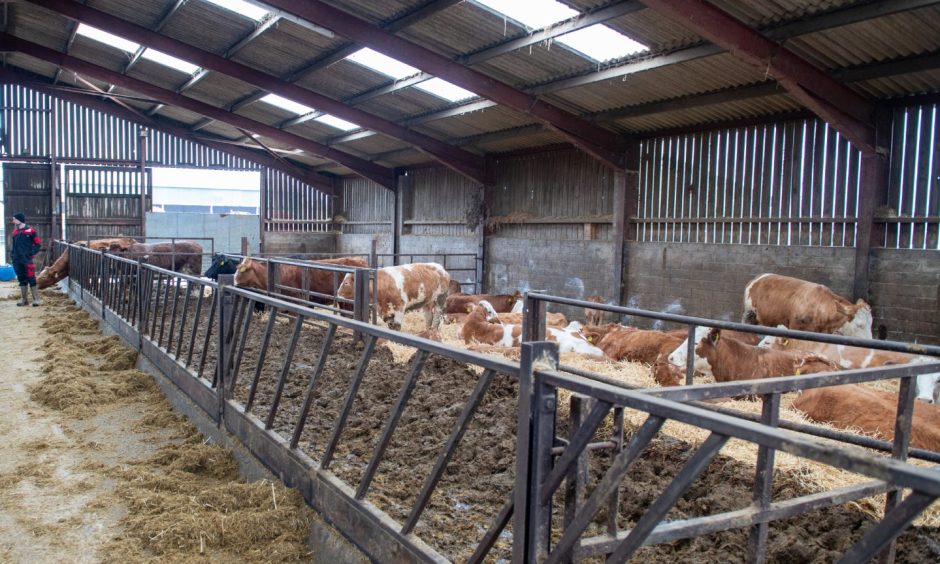
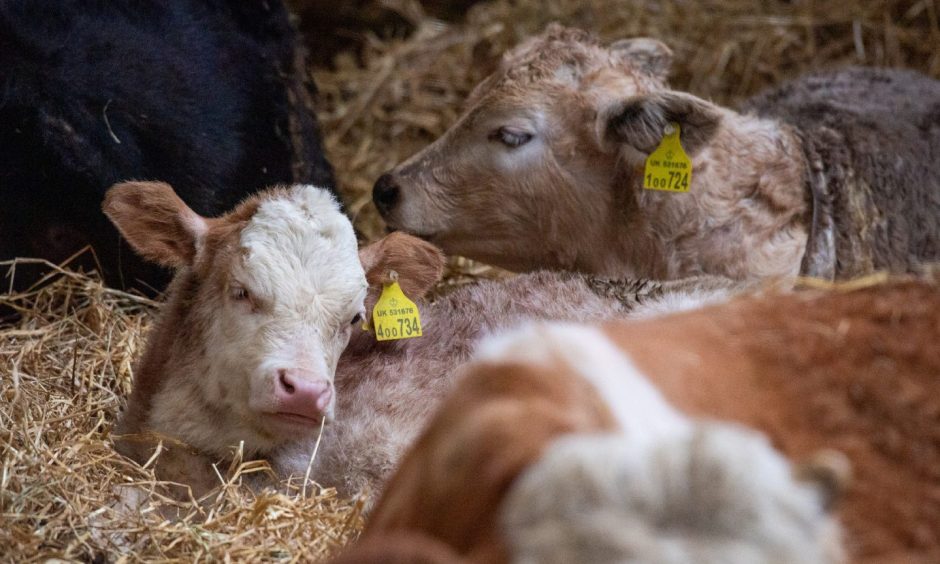
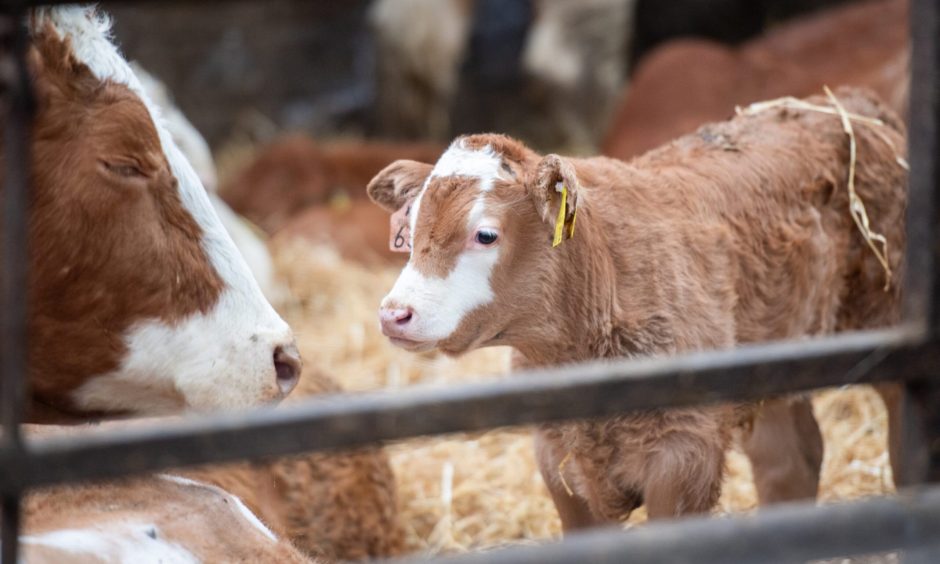
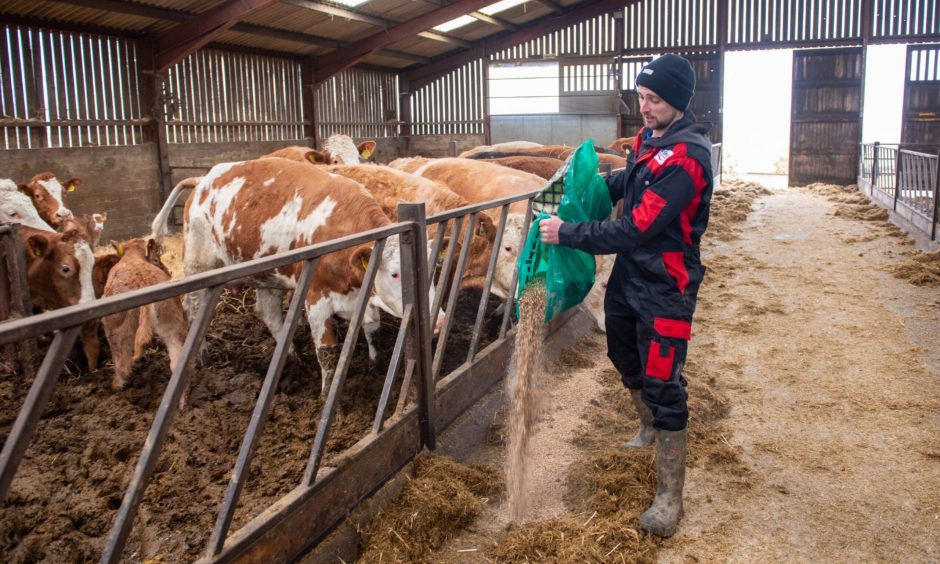
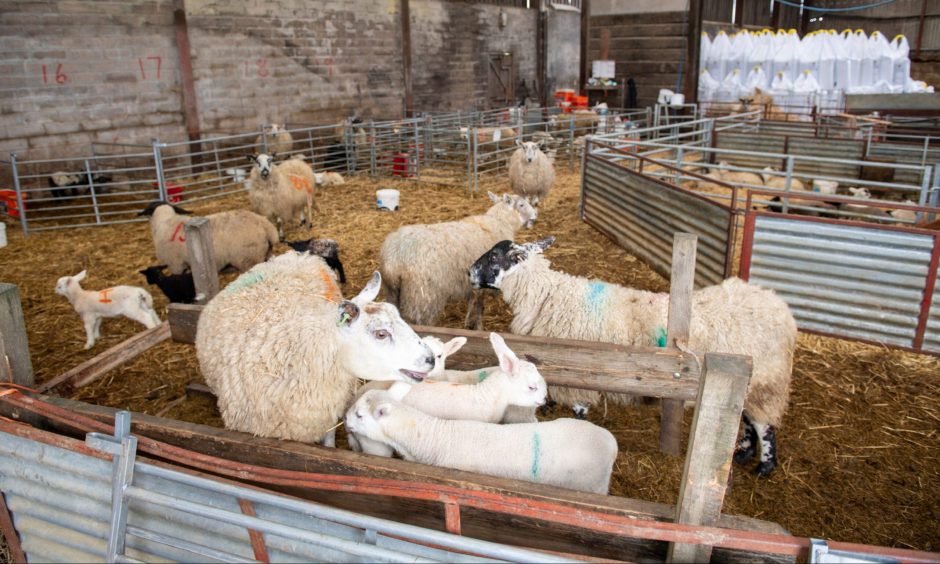
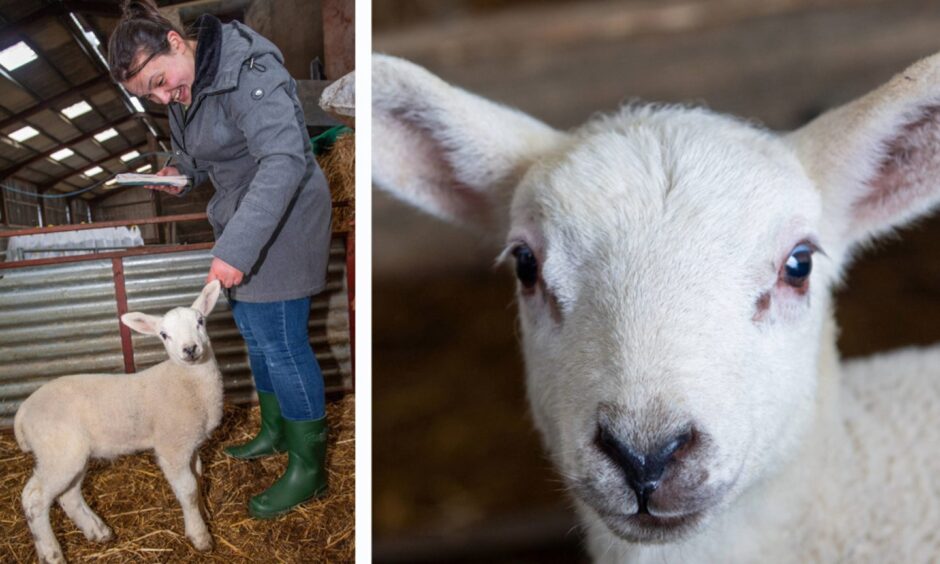

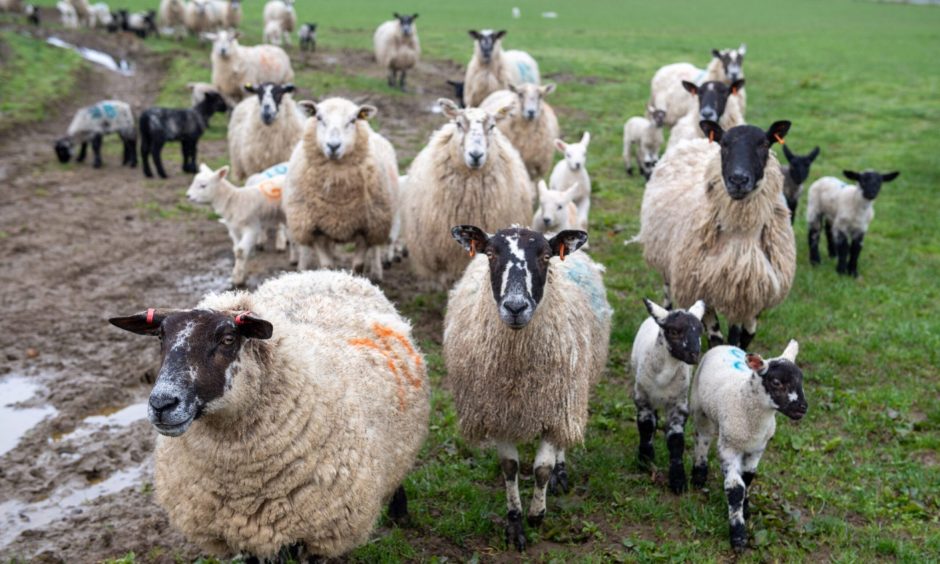
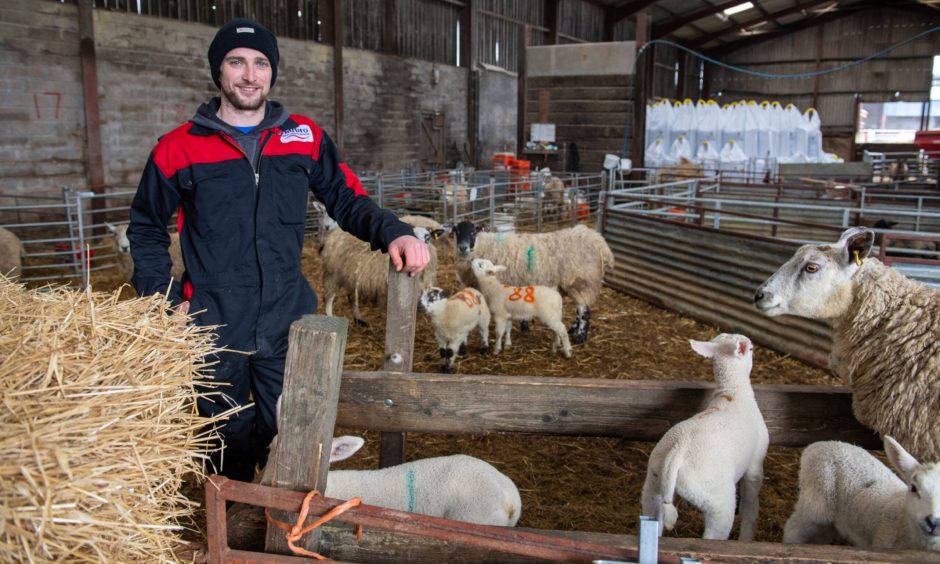
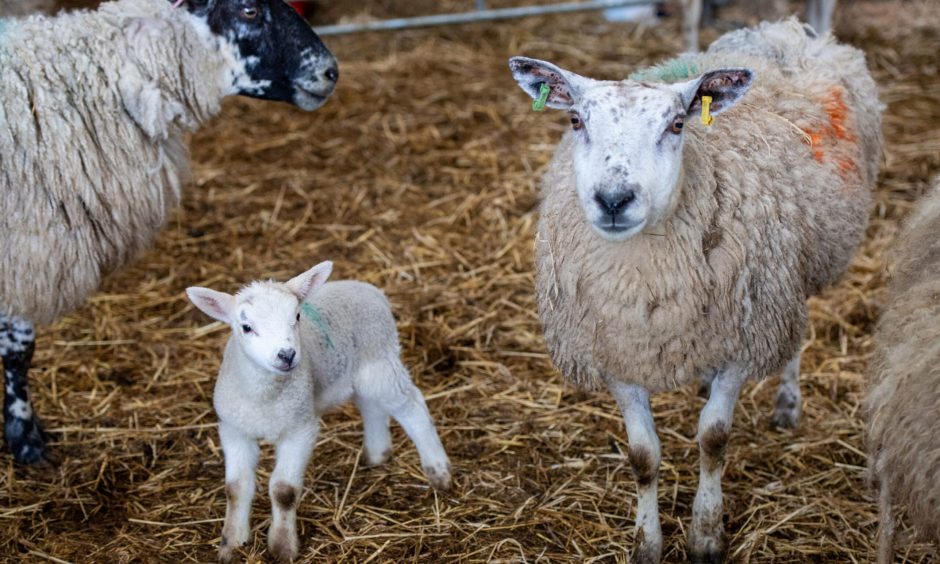
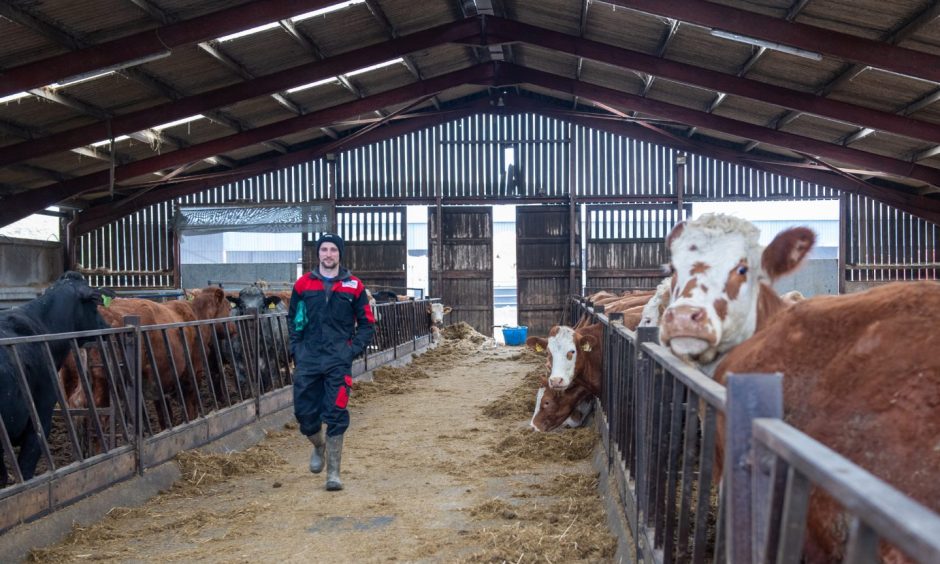
Conversation